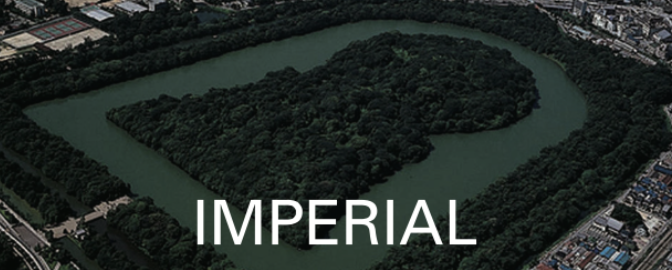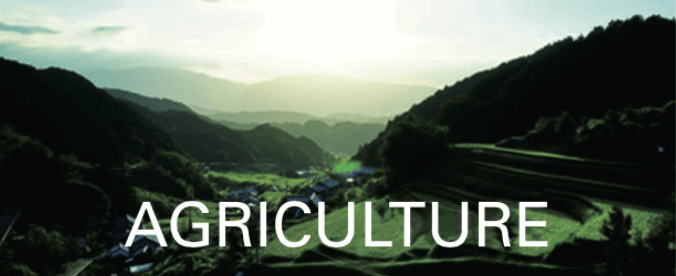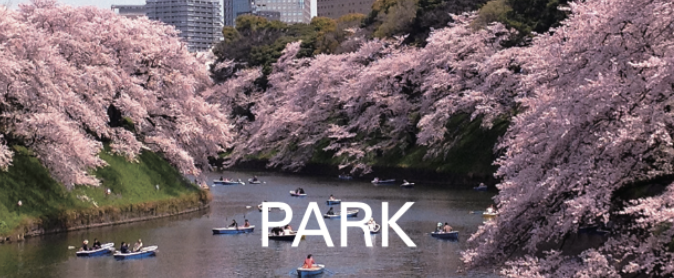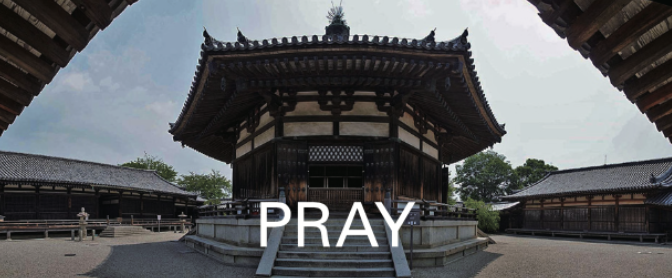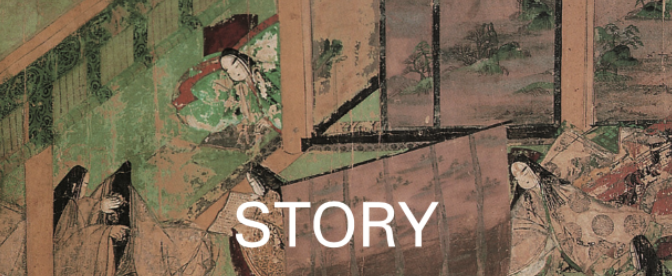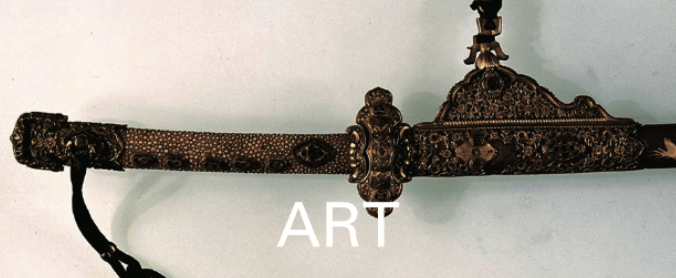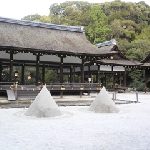
“Great shrine forests deeply connected folklore and traditional culture” -This shrine enshrines Kamo-wake-ikazuchi-no-kami, as the Kami-deity of water, agriculture, and sericulture. Most of this 690,000 sq. meter, sacred shrine complex has been designated as a Historical Landmark. The area contains many large trees, such as oaks and cherry trees.
On May 15, 1694, the Aoi Festival resumed at this shrine, after a 200-year break since the outbreak of the Onin War (1467 – 1477), the controversy over the successor of the Ashikaga Shogunate, between Hosakawa Katsumoto (1430 – 1473), Ashikaga Shogun’s deputy, and Yamana Sozen (1404 – 1453), the Shugo, Governor of Provinces, in the western part of Japan. The Imperial Court representative was sent to this shrine for this festival, in the time of typhoons and other disasters occurring in the Nara period (710 – 794), and every year in the Heian period (794 – 1185).
And the march of Imperial representatives has given the people of Kyoto an opportunity to come into contact with the elegance of the Imperial Court.

Majesty is pumped out all over the country -This well was restored from Asuka Kiyomiharanomiya Palace. Emperor Tenmu (631 – 686) built Asuka Palace during the 7th century, creating a more centralized form of governance. The Asuka Kiyomihara Code, was proclaimed from this Palace. The Emperor’s Palace shifted from a place for the Emperor to pray and live to the place that houses the nation’s original Code.

The temple was built by Emperor Shomu (701-756) for the tomb protection of the Prince Shotoku (574 – 622) at Taishi-cho, Minami Kawachi county, in Osaka. A National Treasure, Taishido, the spiritual center, represents Momoyama era (1573-1603) architecture. It is enshrined by a statue of the Prince Shotoku, when he was 16 years old, and which is decorated with long-legged balustrades and it has Onion-shaped ornaments.
Praying to the Prince Shotoku began during the Tenpyou period (710-794). In those times, the Prince Shotoku was revered as a Kannon: the Buddhist Goddess of Mercy,of salvation bodhisattva. During the Heian period (794 – 1185), Mapposhisou, the belief in the end of the world spread. Shitennoji and Eifukuji temples were recognized as sacred places. The faith in Prince Shotoku was reborn as Jyoudo, Pure Land Buddhism, with the invocation of the Amida Buddha, Amitabha.
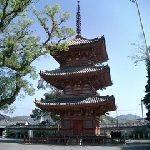
This temple was built at Ikaruga villa of the Prince Shotoku (574 – 622) manor, which was developed from Harima Province’s paddy to be gifted to the Prince by Empress Suiko (554 – 628), as the reward of the Prince lecturing Shoma-gyo Sutra, the Shri-mala Sutra to the Empress in 606. The Prince put 4 stones of border sign at that villa, built the cathedral of this temple inside and named it as Ikarugadera temple.
Ikaruga came from the Villa Name Ikaruga-tenchin which was located along near the pier of the Yellow River Basin. Kentoushi, Japanese missions to Tang Dynasty (618 – 907) used to land at the pier and to visit Ikaruga-tenchin.
In the main hall, Shotokuden, the statue of Prince Shotoku which wears clothes with implanted hair, is enshrined rarely shown to the public. And the finial of three-storied pagoda has magical balance to the sky.
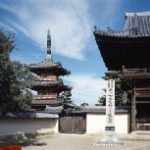
This temple is originated from the Prince Shotoku (574 – 622)’s “LOTUS SUTRA” lecture, and has a rich collection of architecture, Buddhist images, and paintings related to the Prince Shotoku (574 – 622).
Eben, the monk from Goguryeo (BC37-668) on the Korean Peninsula, escaped to the Harima region, to escape an anti-Buddhist movement. Prince Shotoku visited here and asked Eben to give him lectures.
The Prince built a small spiritual center and the history of this temple started. This temple’s name, Kakurin, is derived from the image of a white crane, coming from the forest, grieving at the death of Buddha.

The museum introduces the history and culture of the Prince Shotoku (574 – 622) manor, Horyu-ji Temple manor and Sanyo Road, the major arterial road of western Japan. Named Ikaruga, pictures and records from the Northern and Southern Court period (1336-1392) convey the existence of the manor during the Medieval Ages. Ikaruga means “pigeon”and came from the Villa’s name, Ikaruga-tenchin, which was located near the pier of the Yellow River Basin.
Kentoushi, who made Japanese missions to China during the Tang Dynasty (630-894), used to land at that pier to visit Ikaruga-tenchin. Kentoushi brought Buddhism and centralization back to Japan, thereby advancing civilization. The name Ikaruga is linked to civilization, much like Houruji temple.
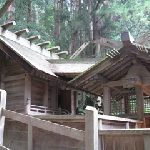
This shrine is the oldest Shinmei-zukuri, a style of shrine architecture, based on that of Ise Jingu. It has 1000 years old Japanese cedars as its enshrined object. The simple, straight white wooden structure, built along the slopes of the mountain, creates a solemn atmosphere.
The distinctive feature of Shinmei-zukuri is that the gable roof and the entrance are not at the side of the roof edge but at the front of the ridge. This entrance style is used for the shrine dedicated to the god of Amatsukami: the god family of Amaterasu Oomikami, Sun Goddess and the Japanese Emperors are considered to be direct descendants of Amaterasu, the same Heavenly gods as at Ise Jingu.
Nishina was the place in the manor that had the Mikuriya, the kitchen of Ise Jingu in the Heian period (794 – 1185).
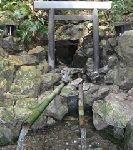
This main shrine is Naiku, the Palace of Ise Jingu shrine. In the past, when Yamatohime traveled on a Shima cruise, to seek offerings to the Ise Jingu shrine, it is said that it was built in this place and enshrined the soul of Amaterasu Oomikami: Sun Goddess and the Japanese Emperors are considered to be direct descendants of Amaterasu, a major deity of the Shinto religion. The fishermen and Ama, a female diver, believed deeply in this shrine.
Shima’s ocean on the rias coast is rich in fish and shellfish, including shrimp. Its scenic landscape is stated in Manyoshu, 8th century anthology of Japanese poetry. You can see the mysterious scenery of Shima from the Tomoyama observation platform on the way to this shrine.
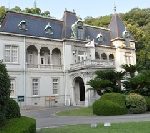
This is a French Renaissance-style villa, built in 1922 by Hisamatsu Sadakoto (1867 – 1943), a Japanese count and a descendant of the lord of the Matsuyama Domain. Seshomiya – the Regent of Imperial Court, and, later, Emperor Showa (1901 – 1989) —stayed here, and after that, the Imperial family often used the villa. It is said that at that time, celebrities from all over the world gathered for socializing.
In 2011, the main building and the management building were designated as National important cultural properties.
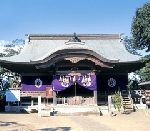
Silk spiders’ Sumo wrestling is a traditional event for children during summer vacation. Himososhi, a horizontal stick in a Sumo wrestling ring, under which there is a water container on the Kagura stage of sacred music and dance. The fallen spider hates the water and climbs to the ring again to fight.
A former senior regent, Ichijyo Norifusa (1423 – 1480) moved to Nakamura Tosa Province in the Muromachi Period (1366 – 1573), which was his Shoen, a manor territory, to avoid the Onin War (1467 – 1477).
The Onin War was the controversy over the successor of the Ashikaga Shogun between Hosakawa Katsumoto (1430 – 1473) who was Ashikaga Shogun’s deputy, and Yamana Sozen (1404 – 1453) who was Shugo, Governor of Provinces in the west part of Japan.
Ichijyo-accompanied women in the court, introduced the Silk spiders’ Sumo wrestling, the play of the Imperial Palace, to the local people. The local people liked Ichijyo Norifusa and they built the shrine to honor him.
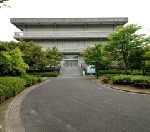
Sacred Island of Okinoshima and Associated Sites in the Munakata Region were listed on the UNESCO World Heritage in 2017.
Munakata Taisha shrine consists of the Okitsumiya shrine, the Nakatsumiya shrine and the Hetsumiya shrine. Okinoshima Island, where Okitsu-miya is enshrined, is located in the middle of the Genkai-nada Sea, which connects Kyushu Island and the Korean peninsula.
An amazing 80,000 sacred treasures were excavated from Okinoshima Island and have been designated as national treasures. That is why it is known as “Shosoin (Imperial Treasure House) in the Sea”. Those treasures are exhibited and stored in the “Shinpokan” of Hetsumiya shrine, inland at Tajima, Munaka.
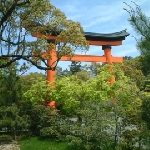
Usa Jingu is the Grand Head Shrine of Hachimanjinja shrines, more than 40,000 shrines throughout Japan. The main shrine, with sacred silk and other sacred materials from the Emperor, was dedicated as Heihaku, by Usanotsukai, the envoy from the Imperial Court. It was built in the Yawata Zukuri style, which connects the front and back of two buildings.
The Hachiman deity was the first God to have Shinbutsu-shugo, the syncretism of Shintoism and Buddhism. On the site of this shrine, Jinguji (a temple attached to a shrine) and Mirokuji temple were built. It became the mecca for Shinbutsu-shugo. Since the Mirokuji temple was abandoned during the Meiji period (19th century), the National Treasure, Kujakumonkei, a Buddhist ritual gong with Peacock Relief and inscribed “1209,” tells the history of Shinbutsu-shugo.

Mt. Tsurumidake can be seen from the front of Beppu Bay. It had a large volcanic eruption in 867, during the Nara period (710 – 794). At that time, a festival was held, to calm the God of Fire in the mountain, and a shrine was established.
Kagurameko Lake was the place where Kagurame, a shrine maiden lived during the Heian period (794 – 1185) and performed Kagura, sacred music and dancing, which calmed down the god of Tsurumidakesha Shrine.
Today, the Water lilies garden overlooking Mt. Yufudake and Mt. Tsurumidake has 300,000 Water lilies, with about 15,000 plants of about 80 species. Those lilies make a harmony with the God of Fire, taking Kagurame’s place.
